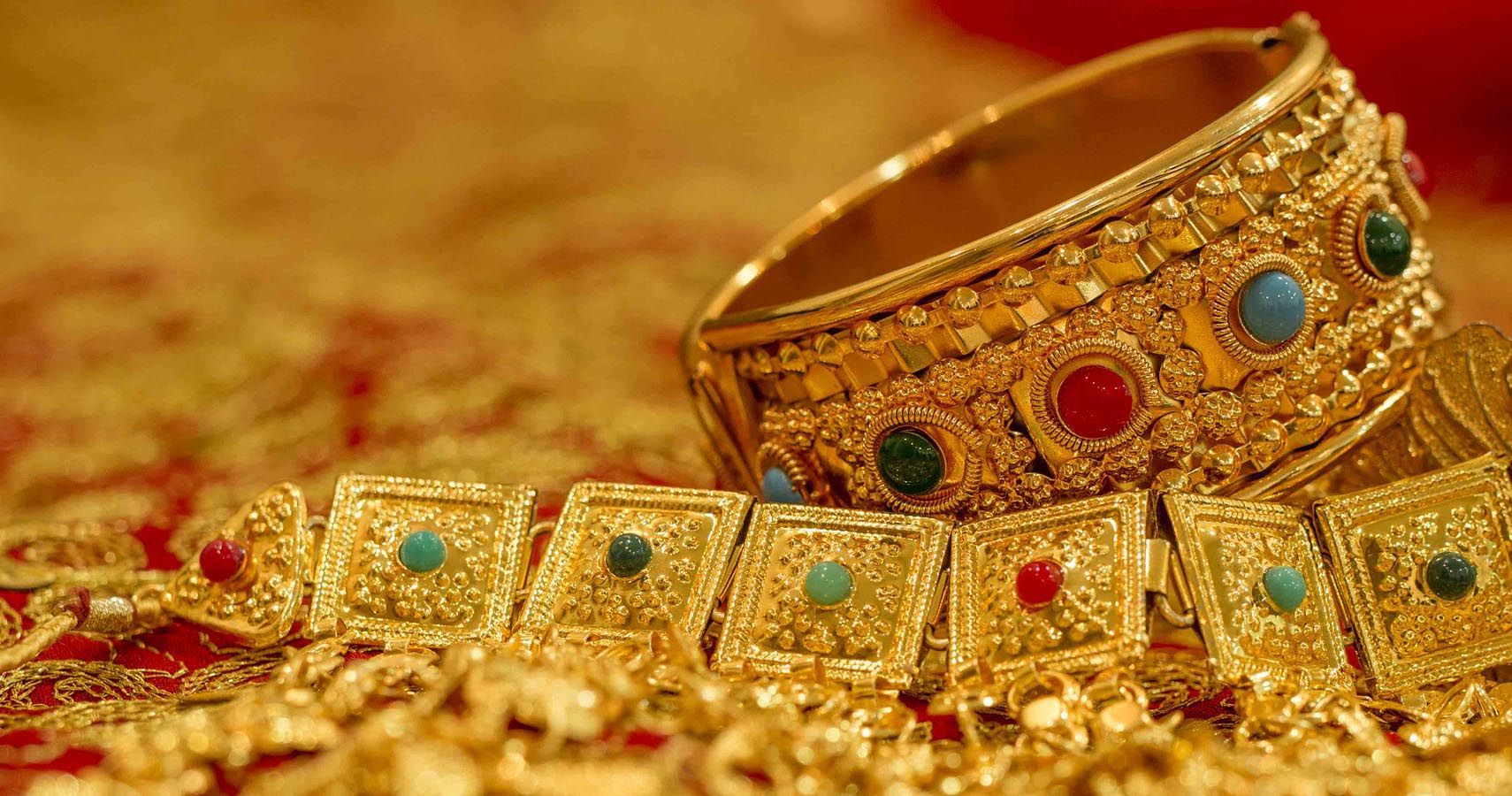Mansa Musa Is History's Richest Man | TheRichest.com

Mansa Musa is history's richest man and a Google search will bring you to the same conclusion. Musa became the emperor of Mali back in 1312, and during his 25-year reign as an emperor, the West African region, including Timbuktu, Ghana, and Mali, prospered like never before. This African-Muslim emperor, whose name 'Mansa' refers to 'Sultan,' was in the ownership of an insane amount of gold. Experts and historians speculate that he had about half of the world's gold, roughly $5 trillion.
His empire also spread over 2,000 miles of territory from today's Mali, Senegal, Niger to the Sahara Desert. The kingdom was full of riches and natural resources that Mansa Musa is still famous for. Mansa Musa had wealth worth about $400 billion in terms of modern money.
However, this wealth's real show began with his Hajj or the holy pilgrimage that most Muslims undertake to Mecca and Medina. Later, he also built palaces and mosques to leave behind the rich legacy.
Hajj is considered one of the five pillars in Islam's religion, and Mansa Musa, being a pious emperor, undertook this sacred journey from 1324-25. When Mansa Musa went out on his pilgrimage to Mecca, he was accompanied by so many attendants and ministers that it can be easily termed one of the most expensive trips of all time.
Musa was aware that his lavish trip would last for some time. So, he put his son Muhammad in charge of the capital of his empire, Naini. Musa is reported to have left with a caravan comprising no less than 60,000 men. This could only mean that nobody from his central royal court was left behind. He took soldiers, entertainers, slaves, merchants, and most of his cattle as a food source.
Musa was not the only one flaunting his riches. Each of his subjects looked almost equally shiny with all the gold and the silk. There were at least 100 camels, each carrying 100 pounds of gold. The king and his wealthy subjects finally had a better chance to show off their wealth when they reached Cairo.
In Cairo, the Mansa Musa was expected to bow down before Cairo's ruler, but Musa refused. He said he would only bow before Allah or the almighty. Such was the glamour and aristocracy of the African king.
He let the ruler of Cairo know that he was not there to discuss politics; he was on a sacred pilgrimage to Mecca and just stopping by. He paid Cairo's ruler in kindness and riches, and the ruler let him stay lavishly for about three months. During his stay in Cairo, the gold crash took place.
Musa's ministers and companions spent so much in Cairo's markets to buy things that were not even expensive that the value of gold fell. The crash remained irrecoverable for about 12 years in Egypt. Before that, none had ever expected that too much prosperity could wreck the economy. However, then there is also the Great Depression of 1929 to take a cue from.
On his way back from the pilgrimage, the Sultan of Mali stopped in Egypt to hire the best of the artisans, architects, and sculptors for his kingdom. Although his pilgrimage incurred a fair amount of expenses, he was not yet done spending. His next plan was to build mosques, universities, and palaces.
Mansa Musa is known to have built the Djinguereber Mosque; this mosque was so well made that it still stands upright after almost 700 years. The king spent about 442 pounds of gold on building the holy place. This massive amount would be worth $8.2 million as per the current value. It is also speculated that the king had palaces that were each the size of a city.
The king was also a patron of education. He is known to have built the famous Sankore University that could educate about 25,000 pupils. The curriculum of education that was imparted in the universities Musa built was equivalent to earning a degree. It dealt with secular and non-secular subjects, and pupils would be rewarded with a turban equivalent to today's degree certificate. Sankore University had a library that was so huge that it is often compared to the Library of Alexandria. The massive library could have stored up to 1 million manuscripts.
Back in the 14th century, when Africa was prospering, England was under the clutches of the bubonic plague. When word started getting out that Mansa Musa was hiding away so much wealth in his West African Empire, the raiders and colonizers started plaguing the land for riches. Given the amount of showcasing of wealth that the king believed in, one can say that these attacks were only to be expected.
Source: TRTWorld, BBC News, Mr. Luxury
from TheRichest - Feed https://ift.tt/3vbCcNo

Post a Comment